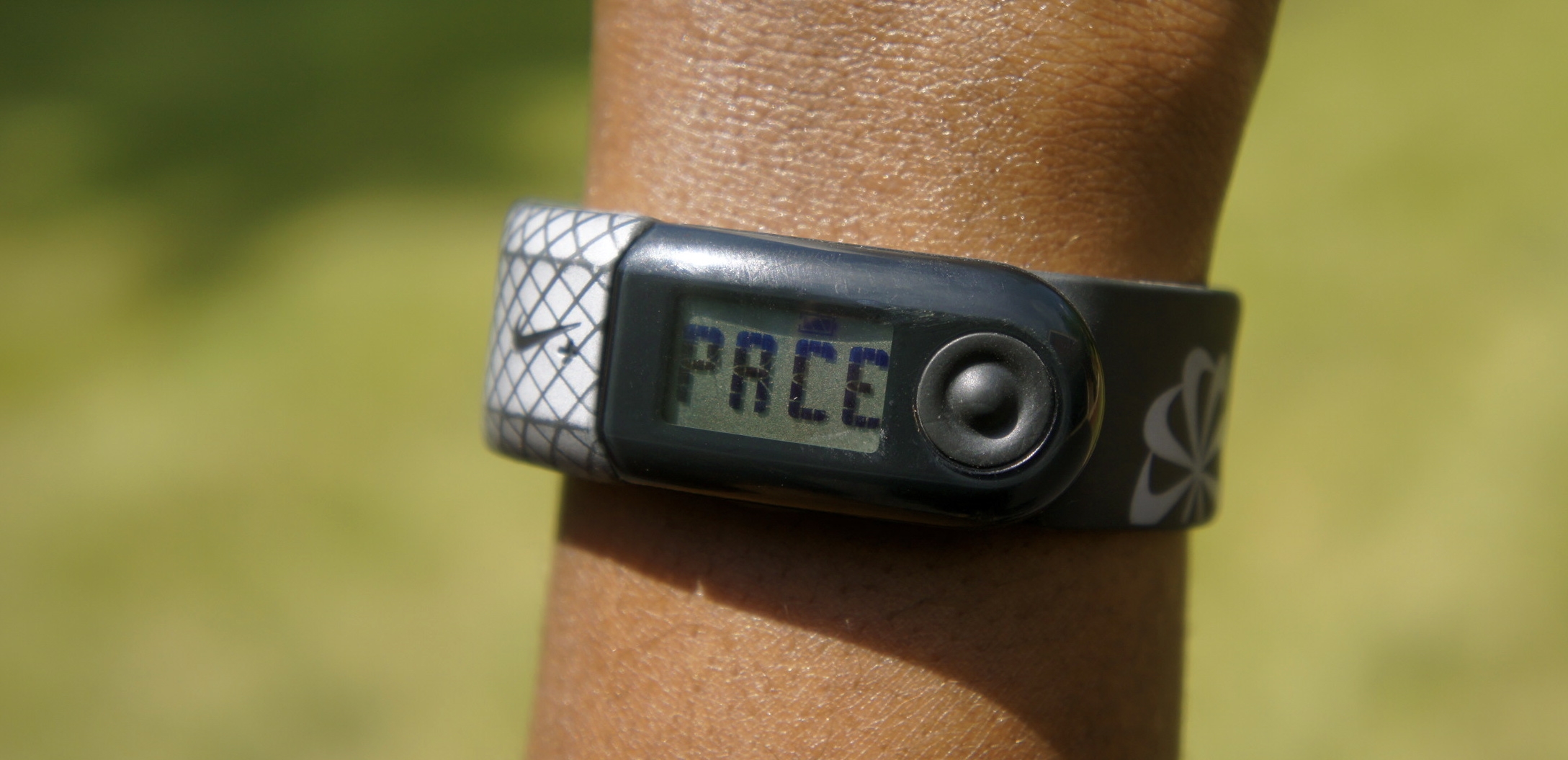Whether for weight loss, sport, recreation, comradery, or charity, participating in 5K races has become the thing to do. This is a good thing, as training for such a race requires a great deal of cardiovascular (cardio) exercise training.
Cardio is by far one of the most effective ways to increase your daily calorie expenditure, which is essential for weight loss and long-term weight management. In addition, through its beneficial effects on the heart, lungs and blood vessels, cardio reduces the risk of countless chronic diseases including heart disease, type 2 diabetes, high blood pressure and various forms of cancer.
Now, many folks tell me that they don’t perform cardio because they “hate jogging and running”. In spite of popular belief, getting involved in 5K races does not require jogging or running. You can reap equal benefits from cardio through a 5K training program that involves brisk walking. In fact, I’ve seen many people who can actually walk faster than some people jog and it’s a whole lot easier on the joints.
Committing to becoming physically fit or even maintaining your current level fitness is all about making exercise a part of your life, indefinitely. Physical fitness does not have to be all or nothing. If you’re not physically active, the sheer act of training for a 5K race is an excellent way to get yourself off the couch as it gives you a tangible goal to shoot for.
So, what is a 5K anyway?
Simply put, the term 5K stands for 5000 or 3.1 miles. The ‘K’ refers to kilo or kilometer, which means 1000. Training for a 5K is pretty simple but if you’re a beginner allow yourself about 6 weeks to train adequately.
Related Article: Five Highly Effective Ways to Prevent Running-Related Injuries
A typical 5K training program involves 3 days of walking, jogging or running and 2-3 days of cross training (bicycling, swimming or elliptical training) for a total of 5-6 days of cardio each week. Again, jogging and running aren’t necessary as part of a 5K training program. However, you may build up the endurance and motivation to do so once you get started.
One of the best things about training for a 5K race is the fact that you’re really competing against yourself. If you’re up for the challenge, set some personal fitness goals and get started. You can implement a schedule similar to the one that follows.
Week 1
- Day 1: Walk/Jog/Run 1 mile (1.6K)
- Day 2: Walk or cross-train
- Day 3: Walk/Jog/Run 1 mile (1.6K)
- Day 4: Walk or Rest
- Day 5: Jog/Run 1 mile (1.6K)
- Day 6: Walk or cross-train
- Day 7: Rest
Week 2
- Day 1: Jog/Run 1 mile (1.6K)
- Day 2: Walk or cross-train
- Day 3: Jog/Run 1 mile (1.6K)
- Day 4: Walk or Rest
- Day 5: Walk/Jog/Run 1.5 miles (2.5K)
- Day 6: Walk or cross-train
- Day 7: Rest
Related Article: Five Foods That Stop Running-Induced Muscle Cramps Before They Start
Week 3
- Day 1: Walk/Jog/Run 1.5 miles (2.5K)
- Day 2: Walk or cross-train
- Day 3: Walk/Jog/Run 1.5 miles (2.5K)
- Day 4: Walk or Rest
- Day 5: Jog/Run 1.5 miles (2.5K)
- Day 6: Walk or cross-train
- Day 7: Rest
Week 4
- Day 1: Jog/Run 1.5 miles (2.5K)
- Day 2: Walk or cross-train
- Day 3: Jog/Run 1.5 miles (2.5K)
- Day 4: Walk or Rest
- Day 5: Jog/Run 2.0 miles (3.2K)
- Day 6: Walk or cross-train
- Day 7: Rest
If you follow a schedule similar to the one above for the first 3 weeks, you should be able to eliminate the need to walk on your “running” days by Week 4.
Again, if running is not your forte, walk very briskly on those days.
Once you reach this point, on the 3rd running day of each week, increase your mileage by 0.25-0.50 miles as shown at Week 4 so that you can reach your 3.1 mile distance by 6 weeks (or no more than 8 weeks). If you decide to run, be sure to give yourself about 2 days of rest from running before a race. And there you have it!
Related Article: Fueling Your Run: What to Eat Before a Race







